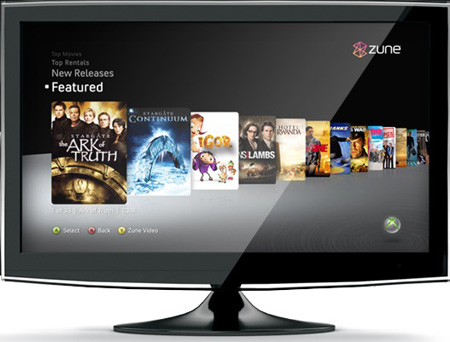It is difficult to watch a typical commercial TV channel without encountering at least one advert that tells you that you could be watching exactly the same content on your tablet or your smartphone. Why are the cable providers and companies in charge of organizing satellite TV packages behind this shift away from the living room and the infrastructures that have delivered our entertainment for decades? It might seem self-destructive, but there are some good reasons why the iPad is being heralded as the future of TV broadcasting.
 Perhaps the most obvious reason is that companies that control cable and satellite services will also be able to offer mobile broadband and other internet connections to customers. If they make their programming available to people on the move only if they switch their mobile contract to the same firm, they will be tying customers into multiple services and getting more subscription cash in the long term.
Perhaps the most obvious reason is that companies that control cable and satellite services will also be able to offer mobile broadband and other internet connections to customers. If they make their programming available to people on the move only if they switch their mobile contract to the same firm, they will be tying customers into multiple services and getting more subscription cash in the long term.
The second point is that the technology is already in place, so making it possible to use your iPad to catch up on last week’s TV improves value to an existing service without requiring significant amounts of investment. If a cable package is more flexible, it is also more ‘saleable’, which means consumers are more likely to want to sign away a year of their life.
Mobile broadband speeds are another important factor in this situation. Whilst the iPad itself is yet to introduce any 4G or LTE networking capabilities, there are a number of smartphones and rival tablets that have 4G onboard, enabling much faster data transfer. This means the quality of the video that can be streamed is exponentially increased and high definition shows and events will not be any less impressive on a tablet than they will be on an HDTV at home.
The levels of connectivity afforded to tablets and smartphones over traditional TVs adds other advantages beyond simple streaming. Social networking integration, which lets users take part in conversations about programmes whilst they are on the air, along with other web-based features, such as cast lists and biographies, are easy to implement on portable devices with high speed 4G at their disposal.
The one thing that cable firms will perhaps not openly acknowledge is the fact that the jump to tablets and smartphones is, in part, necessitated by the fact that consumers are already using the internet as their number one source of entertainment. Programmes that would previously only be available to watch on satellite TV packages can be streamed online and the advertising revenue from programmes that are broadcast via traditional outlets is drying up. Illegal streaming is proving a problem, because it is easy for viewers to find programmes that they have missed on the internet, even if copyright is being breached. By targeting tablet owners and making legal services more convenient than the pirate alternatives, it is possible for providers to appease content creators, advertisers and shareholders in one fell swoop.
Hopefully, it is clear that there are plenty of motivations behind the increasing availability of TV streaming on tablets and smartphones. With Wi-Fi at home and 3G/4G networking on the move, portable devices can do much more than the static black rectangle hanging from the wall of your living room. However, it is where the two meet that the most exciting things are occurring.
Author Bio
Erika Jonathon is a freelance content writer by profession. She fined immense pleasure in writing technology related article including mobile broadband Plans.
thanks for those informations